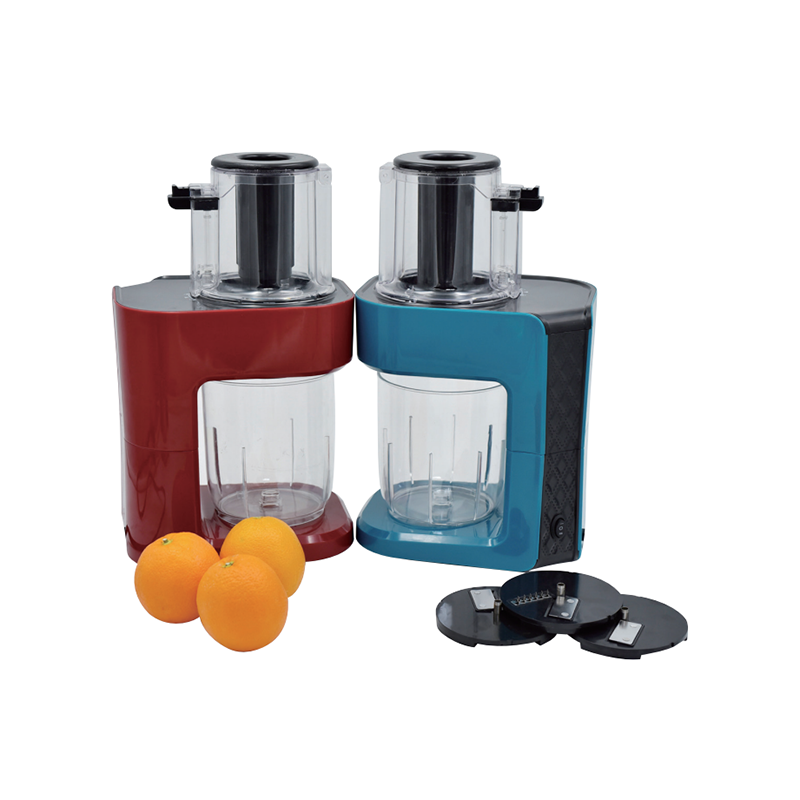Choose Fresh Produce: Selecting fresh produce is fundamental to achieving optimal results with a spiralizer. Firm vegetables like zucchini, carrots, and cucumbers provide the best structure for spiralizing. Soft or overripe fruits and vegetables can result in mushy strands that lack the desired texture. For example, when choosing zucchini, look for medium-sized, unblemished specimens, as they yield the most consistent spirals. Consider incorporating seasonal and local produce, which not only enhances flavor but also supports sustainability.
Prep the Ingredients: Proper preparation is crucial for ensuring smooth spiralizing. Begin by washing all produce thoroughly to remove dirt and pesticides. Trim off the ends of each vegetable, creating a stable base. For larger items like sweet potatoes, peel the skin to facilitate easier spiralizing and prevent the blades from becoming dull. Cut the vegetables to a length of 6-8 inches, as shorter pieces are easier to handle and manipulate through the spiralizer. This step not only improves control during use but also ensures that each vegetable has enough surface area for the blades to grip effectively, resulting in cleaner spirals.
Use the Right Blade: Understanding the functionality of each blade included with your 3-in-1 spiralizer is essential for maximizing its potential. Typically, these spiralizers come with blades for different cuts: a thin spiral blade, a thick spiral blade, and a ribbon blade. Each blade alters the thickness and shape of the resulting spirals, impacting both texture and presentation. For example, thin spirals can be used as a pasta substitute, while thicker spirals are perfect for salads or stir-fries. Take the time to experiment with each blade to familiarize yourself with how different cuts behave in various recipes, allowing you to achieve the perfect texture for your culinary creations.
Apply Even Pressure: Applying consistent and even pressure while spiralizing is key to achieving uniform strands. When you turn the handle or push the vegetable into the blades, ensure you do so with a gentle, steady motion. This technique helps maintain the integrity of the vegetable and prevents breakage. If you find that a vegetable is slipping or not spiralizing smoothly, reassess your grip and the angle at which you’re holding it. Practicing this technique will lead to better results over time, as you’ll develop a feel for the right amount of pressure needed for various produce.
Experiment with Different Vegetables: One of the greatest benefits of a 3-in-1 spiralizer is its versatility. Don’t limit yourself to just zucchini or cucumbers; explore a wide range of vegetables and fruits. Harder vegetables like beets, carrots, and turnips can yield stunning, colorful spirals that add visual appeal to dishes. Similarly, try spiralizing fruits such as apples and pears for unique salads or desserts. Different produce will yield various textures and flavors, enhancing your culinary repertoire. As you experiment, take notes on which combinations you enjoy most, which can inspire future meals and dishes.
Clean Immediately: Cleaning your spiralizer immediately after use is crucial for maintaining its performance and durability. Food particles can dry and adhere to the blades and body, making them challenging to remove later. Rinse the parts under warm water and use a soft brush or sponge to scrub any stubborn bits. For more thorough cleaning, soak removable components in warm soapy water for 10-15 minutes before rinsing. If your spiralizer is dishwasher-safe, check the manufacturer’s recommendations and place it on the top rack for a thorough clean. Proper cleaning prevents food buildup that can lead to odors and can keep your spiralizer looking new.
GSE001 3 in 1 Food Processor Prep



 English
English 中文简体
中文简体 English
English 中文简体
中文简体
















